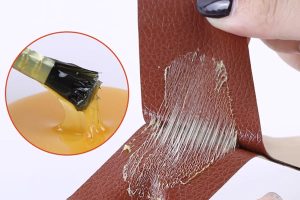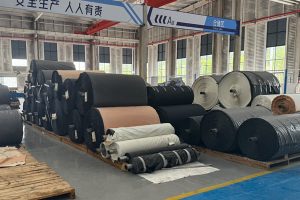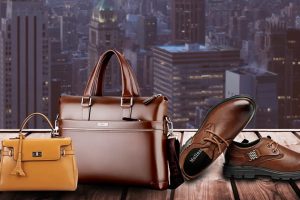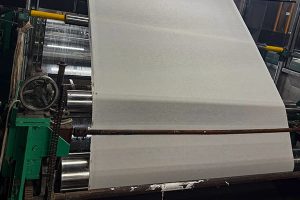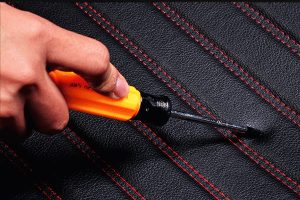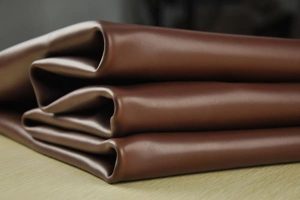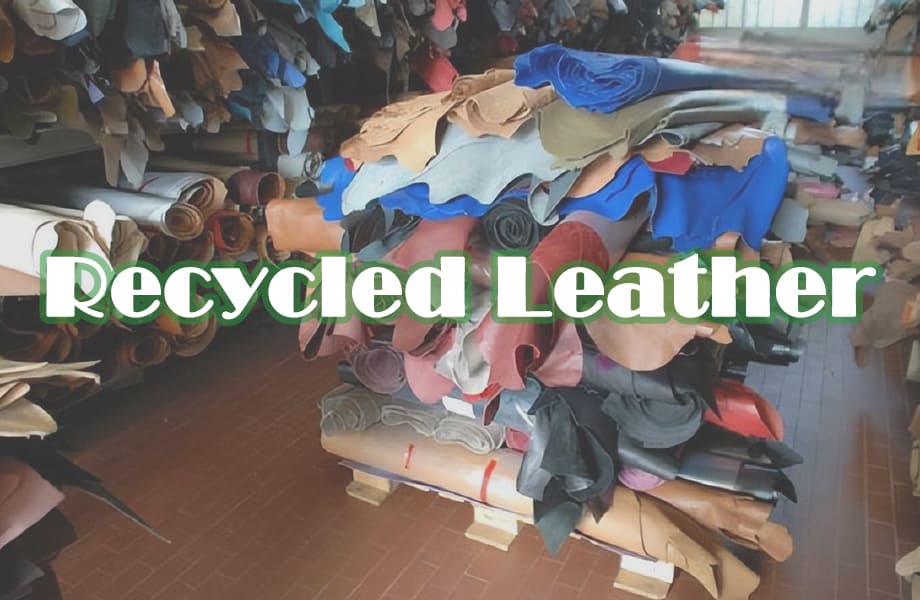
Ever wondered what happens to those leftover leather scraps from your favorite handbag or the old, worn-out leather jacket you’ve had for years? Believe it or not, those scraps and discarded items don’t have to end up in the landfill. Thanks to the magic of leather recycling, what was once destined for waste is now being transformed into something stylish and sustainable. From breaking down fibers to creating new, high-quality materials, the journey of recycled leather is all about giving this luxurious fabric a second life. Buckle up as we take you behind the scenes of how this eco-friendly process is shaping the future of fashion, design, and sustainability—one scrap at a time!
The Breakdown: From Scraps to Usable Fibers
The first step in recycling leather is collecting leather scraps, offcuts, or used leather products. These pieces are often too small or irregular to be used in traditional manufacturing but are perfect candidates for recycling. Once collected, the leather is mechanically shredded or ground down into fine fibers. These fibers will later be combined with binders, such as natural or synthetic adhesives, to create a new material that retains many of the properties of traditional leather, such as its texture and durability. This breakdown process is crucial for turning what would have been waste into a valuable resource that can be reprocessed into new products.
Leather’s Second Life: Inside the Recycling Process
Once the leather has been broken down into fibers, it’s time to reassemble the material. The leather fibers are combined with binders and other compounds to form a composite material. This mixture is then pressed into sheets, which can be treated to resemble traditional leather. These sheets of recycled leather can be used in a variety of applications, from fashion accessories like bags and belts to furniture upholstery and even car interiors. The process of recycling leather allows manufacturers to create a high-quality material while minimizing the environmental impact of leather production. By giving leather a second life, the recycling process helps reduce the demand for virgin leather and supports sustainable practices in multiple industries.
From Waste to Wonder: The Step-by-Step Guide to Leather Recycling
Recycling leather involves several key steps, each of which is critical to transforming waste into a usable product. After the leather is collected and shredded into fibers, the recycling process moves into the reconstitution phase. The fibers are combined with eco-friendly binders to create a new, flexible sheet. These sheets are then pressed, dried, and finished to achieve the desired look and texture of traditional leather. Some manufacturers even add embossing or dyeing to enhance the aesthetic appeal of the recycled leather. The end result is a versatile, sustainable material that can be used in a wide range of products. What was once waste destined for a landfill is now a material that can continue to serve a purpose in the fashion, automotive, and furniture industries.
Behind the Scenes: How Leather Scraps Get a New Life
The journey of recycled leather begins with collecting leather waste from various sources, including factories, old products, or unused scraps from the fashion and furniture industries. These materials, which might otherwise be destined for landfills, are first sorted and prepared for recycling. The scraps are then shredded into tiny fibers, breaking them down into a usable form. Next, these fibers are blended with natural or synthetic binders, such as latex, to form a new composite material that retains many of the original properties of leather—its texture, durability, and luxurious feel. Finally, this mixture is compressed into sheets, which are ready to be cut, shaped, and sewn into new products. Whether it’s for handbags, shoes, or upholstery, the recycled leather retains its classic appeal while significantly reducing waste.
The Art of Leather Reinvention: Transforming Discards into Desirables
Leather recycling isn’t just about reducing waste; it’s about creatively rethinking how we can give old materials a second chance at life. The art of leather reinvention lies in transforming something as unglamorous as a discarded hide into something beautiful and desirable. Designers play a crucial role in this transformation, using innovative techniques to create stylish and high-quality products from recycled leather. Whether it’s crafting eco-conscious fashion accessories, furniture, or automotive interiors, recycled leather products offer the same aesthetic and tactile appeal as traditional leather, but with the added benefit of sustainability. This reinvention process allows consumers to enjoy luxurious, long-lasting goods without the environmental guilt, making recycled leather a win-win for both designers and the planet.
Eco-Friendly Engineering: The Science of Recycling Leather
The process of recycling leather is a blend of both artistry and engineering. The science behind leather recycling focuses on minimizing environmental impact while preserving the material’s natural qualities. Traditional leather production requires large amounts of water, energy, and chemicals, while also contributing to deforestation and greenhouse gas emissions. In contrast, the recycling process significantly reduces these environmental pressures by using existing leather materials, thus eliminating the need for new raw hides. Engineering advancements have also made it possible to enhance the durability and flexibility of recycled leather, ensuring that the final product meets industry standards. Researchers are continually refining the technology behind leather recycling, making it more efficient and environmentally friendly. This eco-engineering ensures that recycled leather can compete with virgin leather in terms of quality, longevity, and sustainability, paving the way for a greener future in both fashion and manufacturing.
Conclusion: From Scraps to Sustainability – A Bright Future for Leather
Leather may have once been seen as a luxurious yet resource-intensive material, but with the magic of recycling, it’s evolving into a sustainable star. The process of turning leather waste into something new and beautiful showcases the perfect blend of creativity, engineering, and eco-consciousness. From shredding scraps into fibers to pressing them into new, high-quality materials, leather recycling proves that waste doesn’t have to be the end of the line—it can be the start of something even better. As consumers and industries alike push toward more responsible choices, recycled leather is paving the way for a future where luxury meets sustainability, proving that what was once considered waste can be transformed into wonder. So, next time you see a stylish recycled leather product, remember: it’s more than just fashion—it’s the future of eco-friendly innovation.


